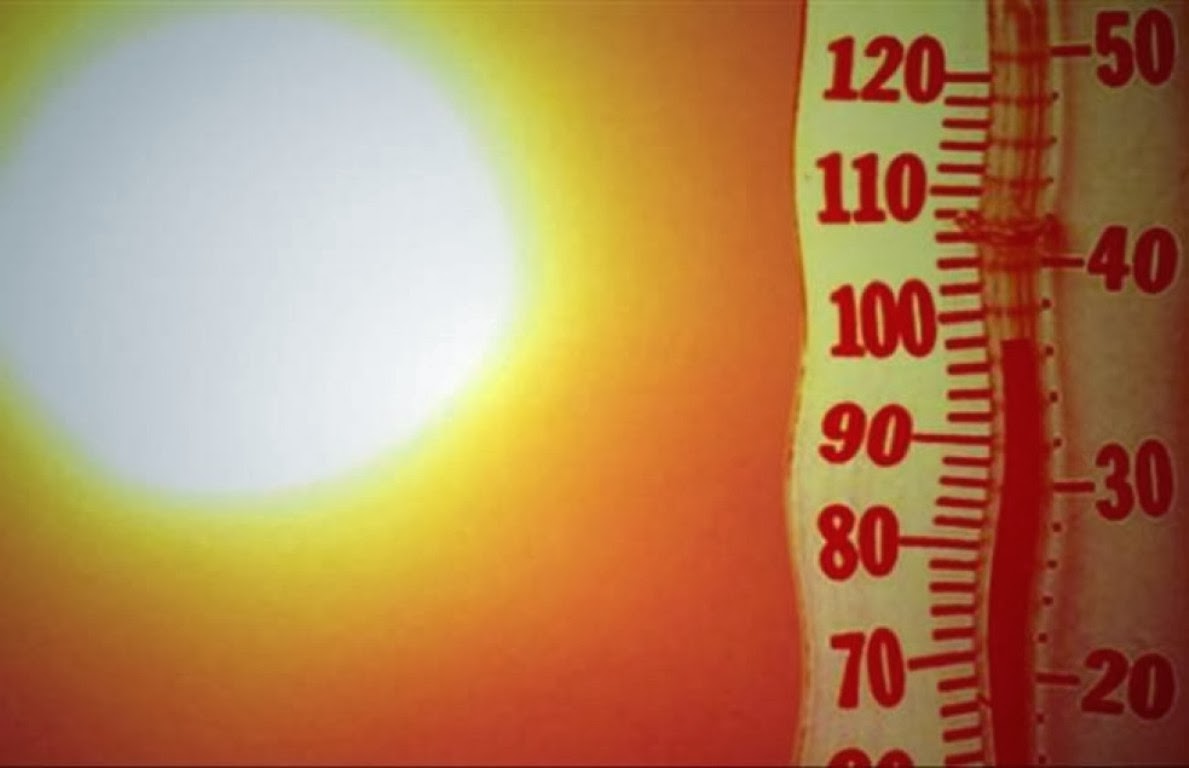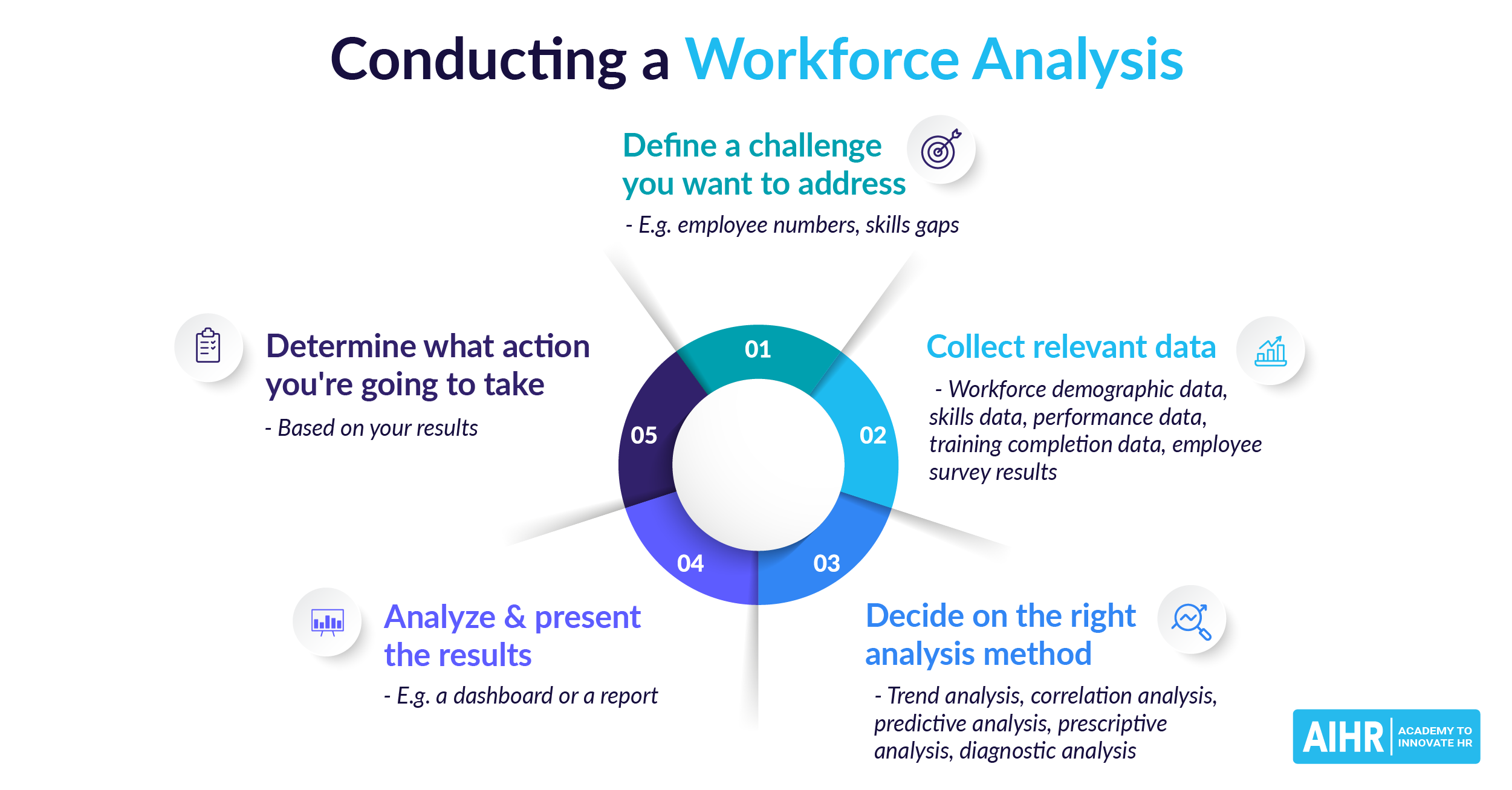Holi Heatwave: South Bengal Temperatures Reach Near 38 Degrees

Table of Contents
Record-Breaking Temperatures in South Bengal
The Holi heatwave of 2024 brought record-breaking temperatures to South Bengal, far exceeding the average for this time of year. Several locations experienced temperatures significantly above the norm, making it one of the hottest Holis in recent memory. This extreme heat posed a considerable challenge to residents, impacting daily life and routines.
- Highest temperature recorded: Kolkata recorded a peak temperature of 37.8°C, exceeding the average Holi temperature by approximately 5°C. Other areas, including Howrah and Hooghly, also saw temperatures consistently above 36°C.
- Comparison with previous years: Data shows a significant deviation from previous years' Holi temperatures. Historical data reveals that temperatures rarely exceeded 34°C during Holi in the past decade. This year's heatwave represents a drastic and concerning increase.
- Impact on daily life and routines: The intense heat forced many residents to alter their daily schedules, avoiding outdoor activities during peak sun hours. Many businesses reported reduced productivity, and the overall mood across South Bengal was noticeably affected by the oppressive heat.
Impact on Holi Celebrations
The extreme heat significantly impacted traditional Holi celebrations across South Bengal. The usually vibrant and energetic festivities were subdued, with many opting for alternative ways to celebrate.
- Reduced outdoor participation: The intense heat discouraged many from participating in traditional outdoor Holi events, such as the vibrant street celebrations and the throwing of colored powder (gulal).
- Changes to the timing of celebrations: Many families and communities shifted their Holi celebrations to the cooler evening hours, drastically altering the traditional timing of festivities.
- Impact on traditional Holi rituals: Some traditional Holi rituals, which often involve prolonged periods of outdoor activity, were either significantly curtailed or modified to minimize exposure to the sun.
- Increased water consumption: The heat led to a significant increase in water consumption, as people sought to stay hydrated amidst the extreme conditions.
Health Concerns and Precautions
The intense heatwave posed serious health risks to the population of South Bengal, with heatstroke and dehydration being major concerns. Several cases of heat-related illnesses were reported, highlighting the importance of taking preventative measures.
- Symptoms of heatstroke and dehydration: Symptoms such as headache, dizziness, nausea, rapid heartbeat, and confusion require immediate medical attention. Dehydration can lead to fatigue and weakness.
- Importance of staying hydrated: Drinking plenty of water, even before feeling thirsty, is crucial to prevent dehydration. Electrolyte drinks can also help replenish lost salts.
- Recommended sun protection measures: Wearing light-colored, loose-fitting clothing, using sunscreen with a high SPF, and wearing hats and sunglasses are essential to reduce sun exposure.
- Advice to seek medical attention if needed: Individuals experiencing severe symptoms of heatstroke or dehydration should seek immediate medical attention. Early intervention is critical in preventing serious complications.
Government Response and Future Preparedness
The West Bengal government responded to the heatwave by implementing several measures, including public awareness campaigns on heatstroke prevention and providing access to cooling centers. However, the event highlighted the need for better long-term strategies.
- Government initiatives to provide relief: The government established several cooling centers across South Bengal, providing respite from the heat for vulnerable populations. Public awareness campaigns emphasized the importance of hydration and sun protection.
- Measures to improve public health infrastructure: The heatwave underscored the need for improved public health infrastructure, particularly in areas lacking access to clean drinking water and adequate healthcare facilities.
- Strategies for long-term climate change adaptation: The experience highlights the urgent need for comprehensive long-term strategies to adapt to the increasing frequency and intensity of extreme weather events, including climate-resilient infrastructure and early warning systems.
Conclusion
The Holi heatwave in South Bengal served as a stark reminder of the increasing severity of extreme weather events and their profound impact on both celebrations and daily life. Record-breaking temperatures necessitated urgent public health precautions and sparked crucial conversations about improved future preparedness for heatwaves. Understanding the risks associated with a Holi heatwave in South Bengal allows for better planning and protection against future extreme weather events.
Call to Action: Stay informed about weather forecasts and take necessary precautions during periods of extreme heat. Understanding the risks associated with a Holi heatwave in South Bengal is crucial for effective planning and protection against future extreme weather events. Remember to stay safe and hydrated during periods of intense heat. Learn more about heatwave safety and preparedness at [link to relevant resource].

Featured Posts
-
 Concerns Rise Over Kanye Wests Relationship Dynamics With Bianca Censori
May 04, 2025
Concerns Rise Over Kanye Wests Relationship Dynamics With Bianca Censori
May 04, 2025 -
 Ufc On Espn 67 Complete Results For Sandhagen Vs Figueiredo Fight Night
May 04, 2025
Ufc On Espn 67 Complete Results For Sandhagen Vs Figueiredo Fight Night
May 04, 2025 -
 Impact Of Transportation Departments Workforce Cuts Analysis And Outlook For May
May 04, 2025
Impact Of Transportation Departments Workforce Cuts Analysis And Outlook For May
May 04, 2025 -
 Anna Kendricks 3 Word Blake Lively Reaction Viral Sensation
May 04, 2025
Anna Kendricks 3 Word Blake Lively Reaction Viral Sensation
May 04, 2025 -
 Improved Payment Methods On Spotifys I Phone App
May 04, 2025
Improved Payment Methods On Spotifys I Phone App
May 04, 2025
